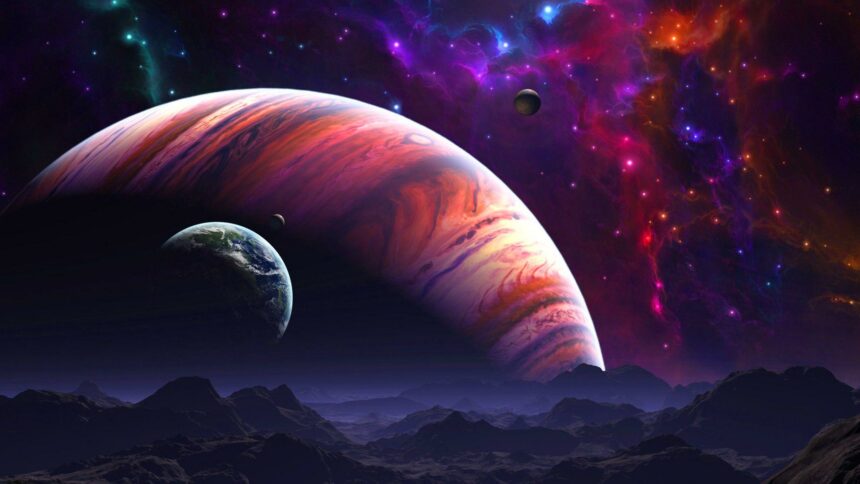Scientists have unveiled new evidence supporting the existence of a mysterious hidden planet in our solar system. For some time, astronomers have observed anomalous behaviours at the solar system’s periphery, suggesting the presence of an undiscovered planet. These observations relate to objects situated more than 250 times farther from the Sun than Earth.
Konstantin Bogytin, an astronomer instrumental in promoting this theory, announced his team’s latest findings, describing them as “the strongest statistical evidence yet that Planet 9 is really out there”. The recent study focused on trans-Neptunian objects (TNOs), which orbit beyond Neptune at the solar system’s edge. The analysis specifically targeted TNOs whose orbits are destabilized by Neptune’s gravitational pull—a factor that generally complicates their study.
Despite the complexities, Dr. Bogytin and his team pursued an understanding of these erratic movements. Dr. Bogytin asserted that the presence of another planet offers the best explanation for these observations. To explore various influences on TNO orbits, including the gravitational effects of large planets like Neptune, the Galactic Tide from the Milky Way, and nearby passing stars, the researchers conducted extensive simulations.
According to Dr. Bogytin, the hypothesis incorporating Planet Nine provided the most convincing explanation, although alternative theories, such as historical planetary influences now absent, were also considered. Nonetheless, the Planet Nine theory remains the most plausible explanation. Further clarity on Planet Nine’s existence is anticipated with the activation of the Vera C Rubin Observatory, currently under construction in Chile. This facility will extensively survey the sky to gather more data on these distant celestial bodies.
The research team expressed optimism about the observatory’s potential to unveil the outer solar system’s mysteries. Their findings and methodologies are detailed in the paper titled ‘Generation of Low-Inclination, Neptune-Crossing TNOs by Planet Nine’, now accessible on arXiv.







